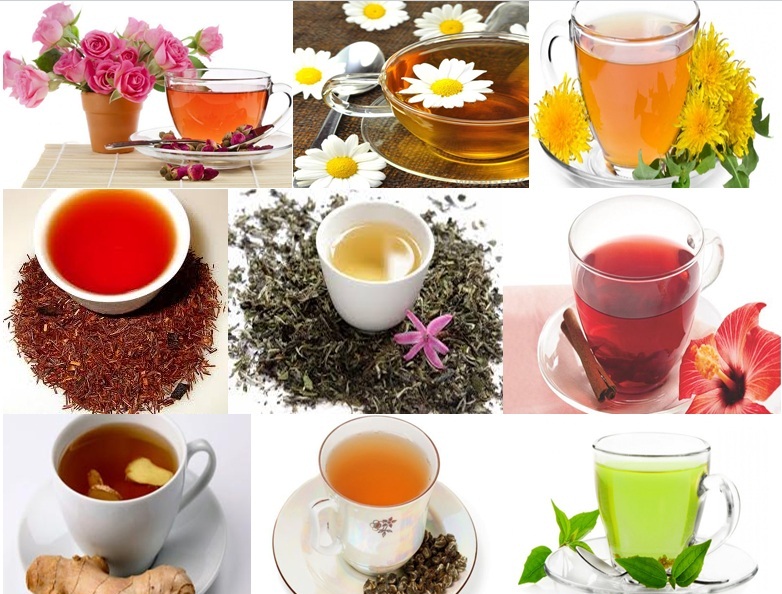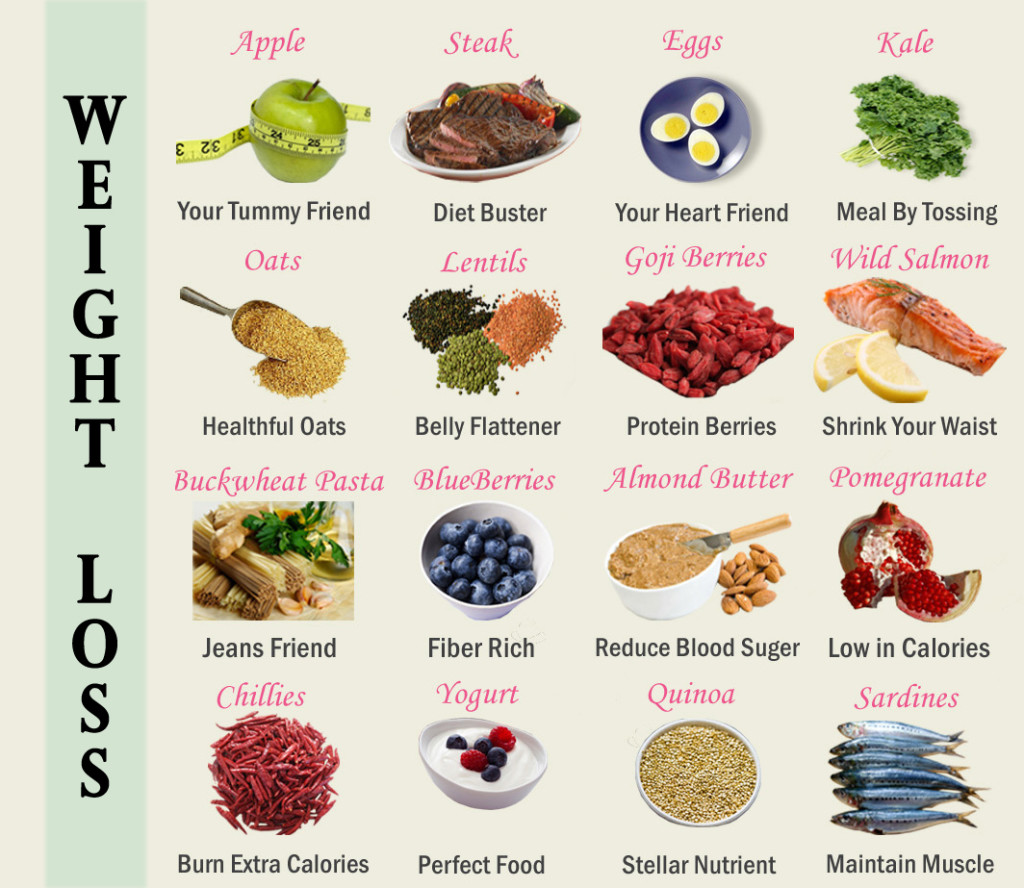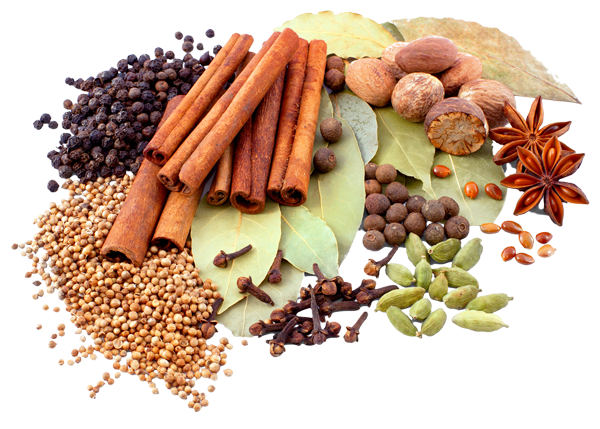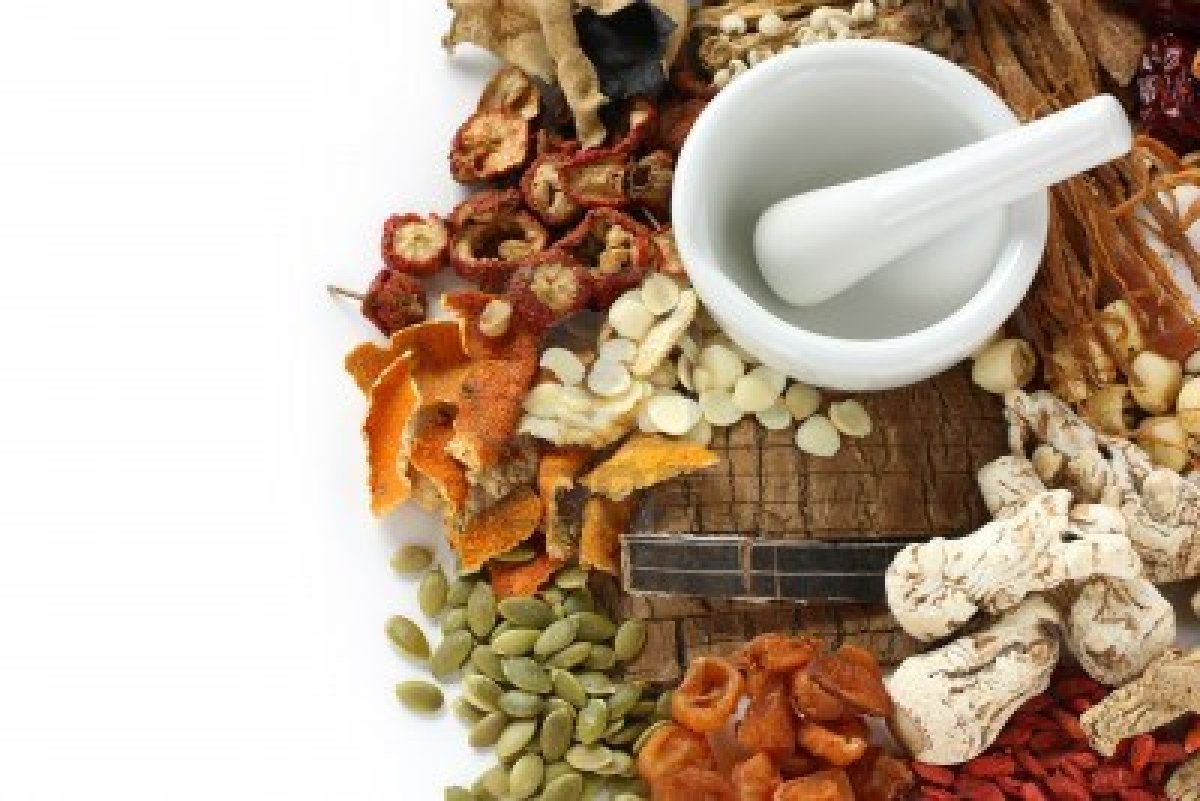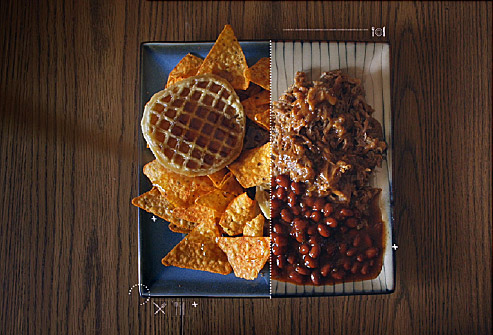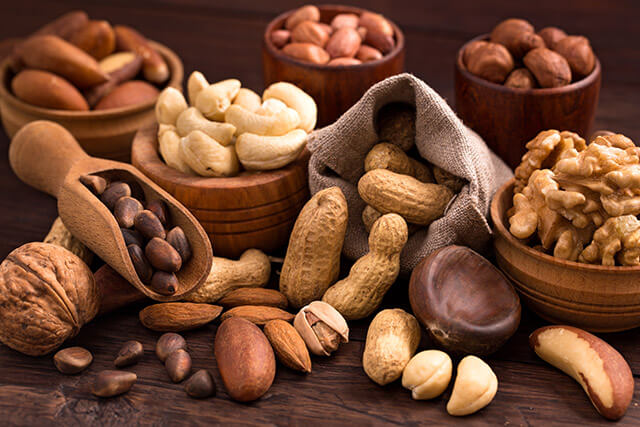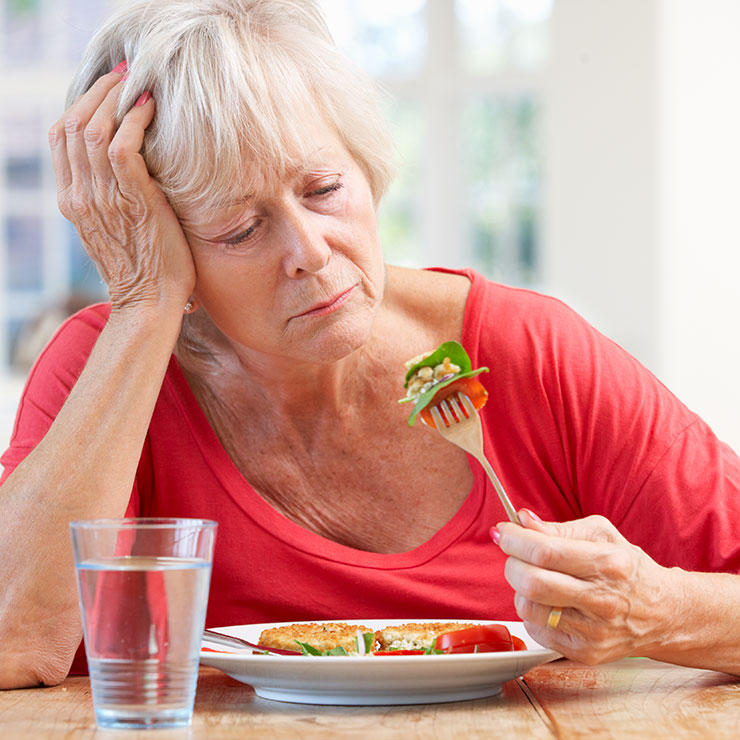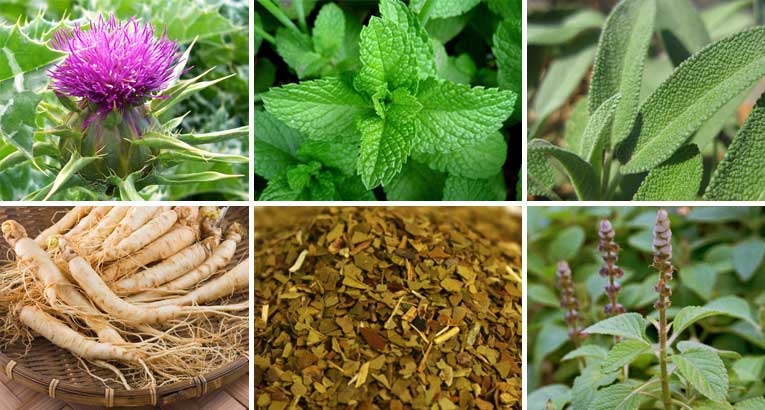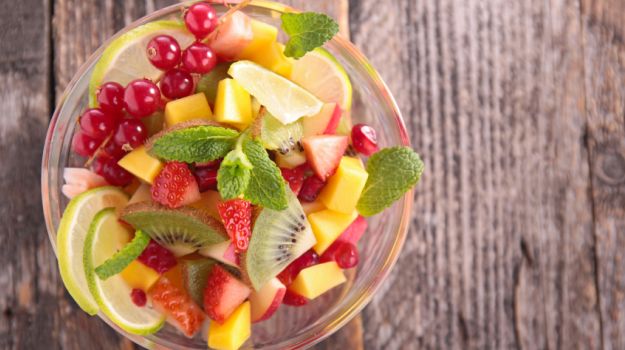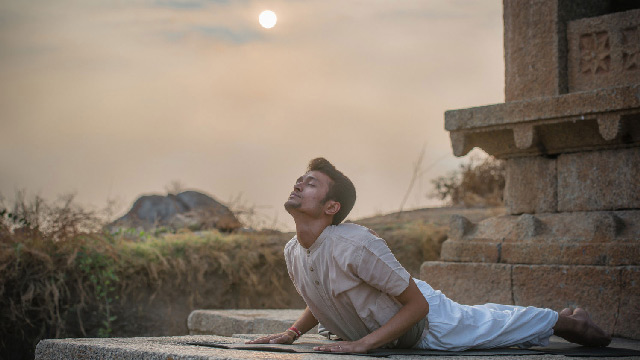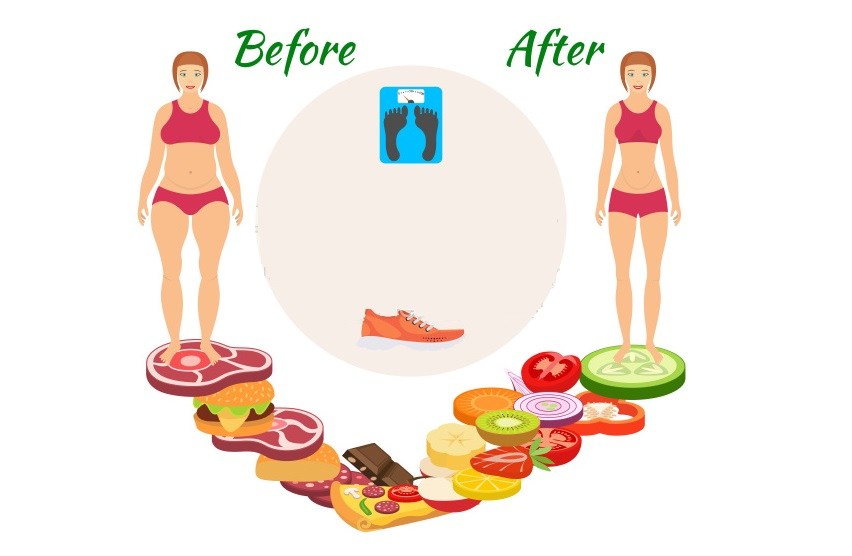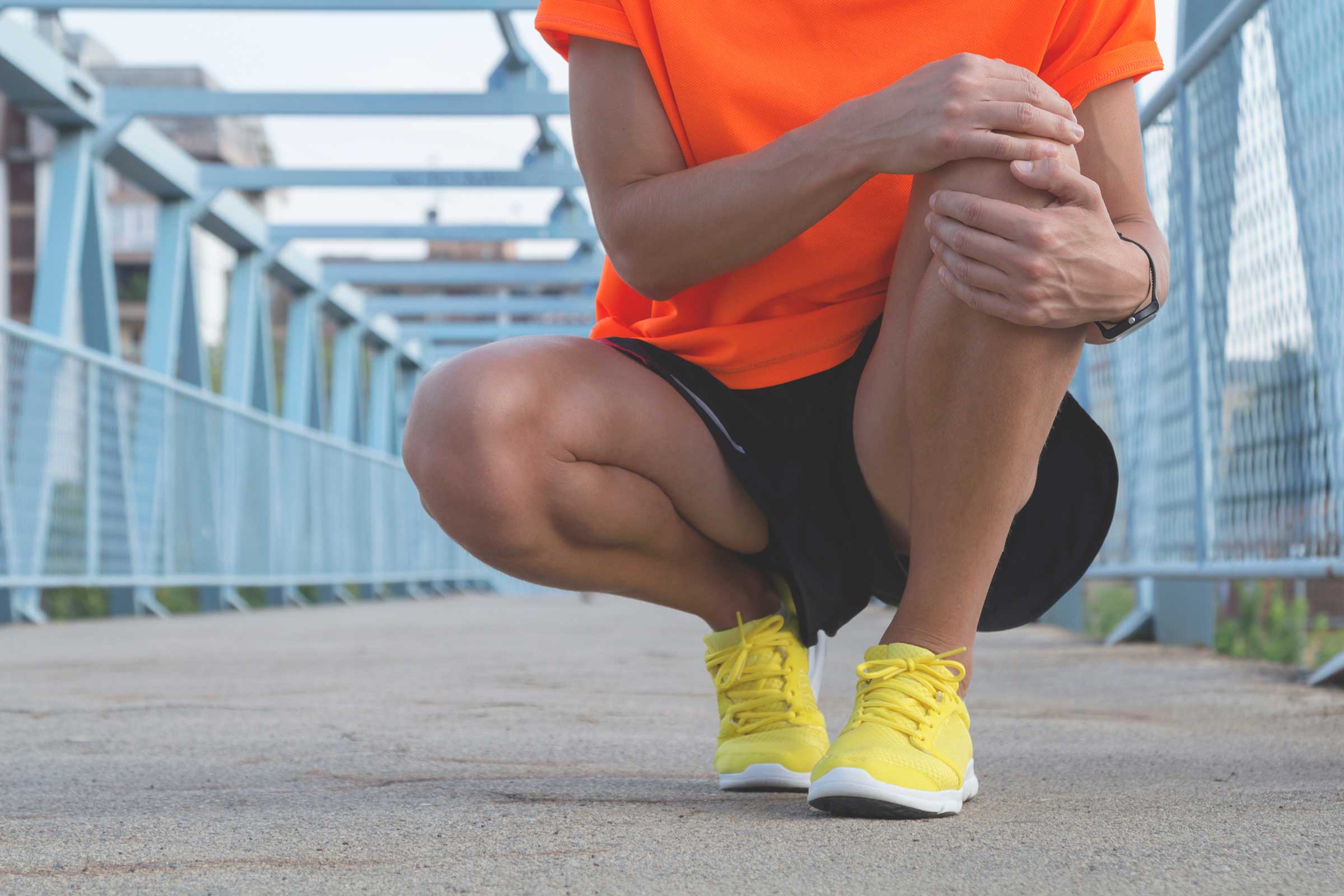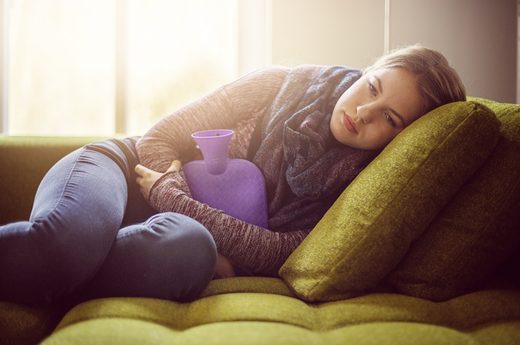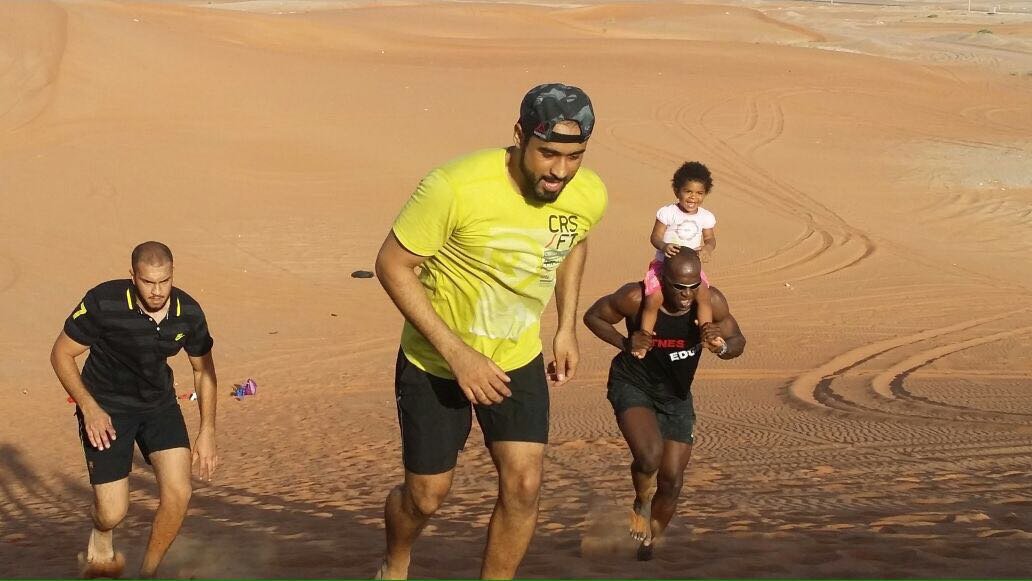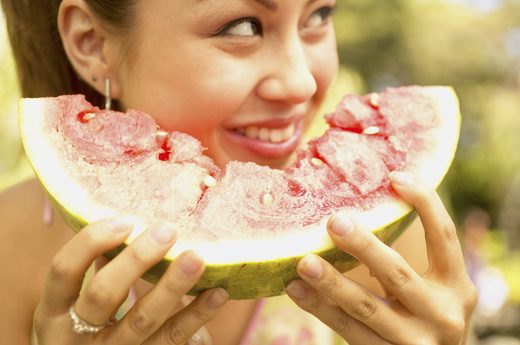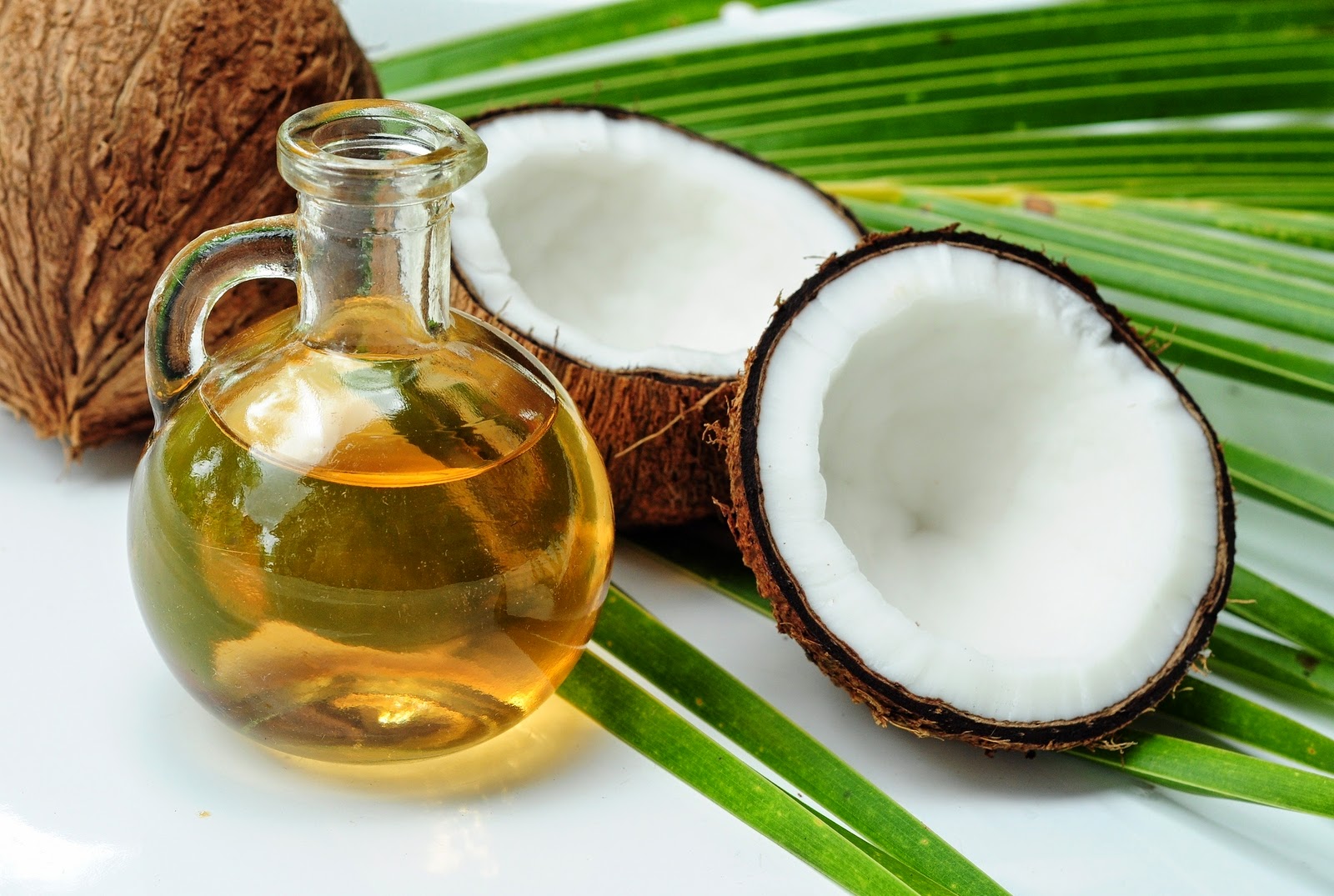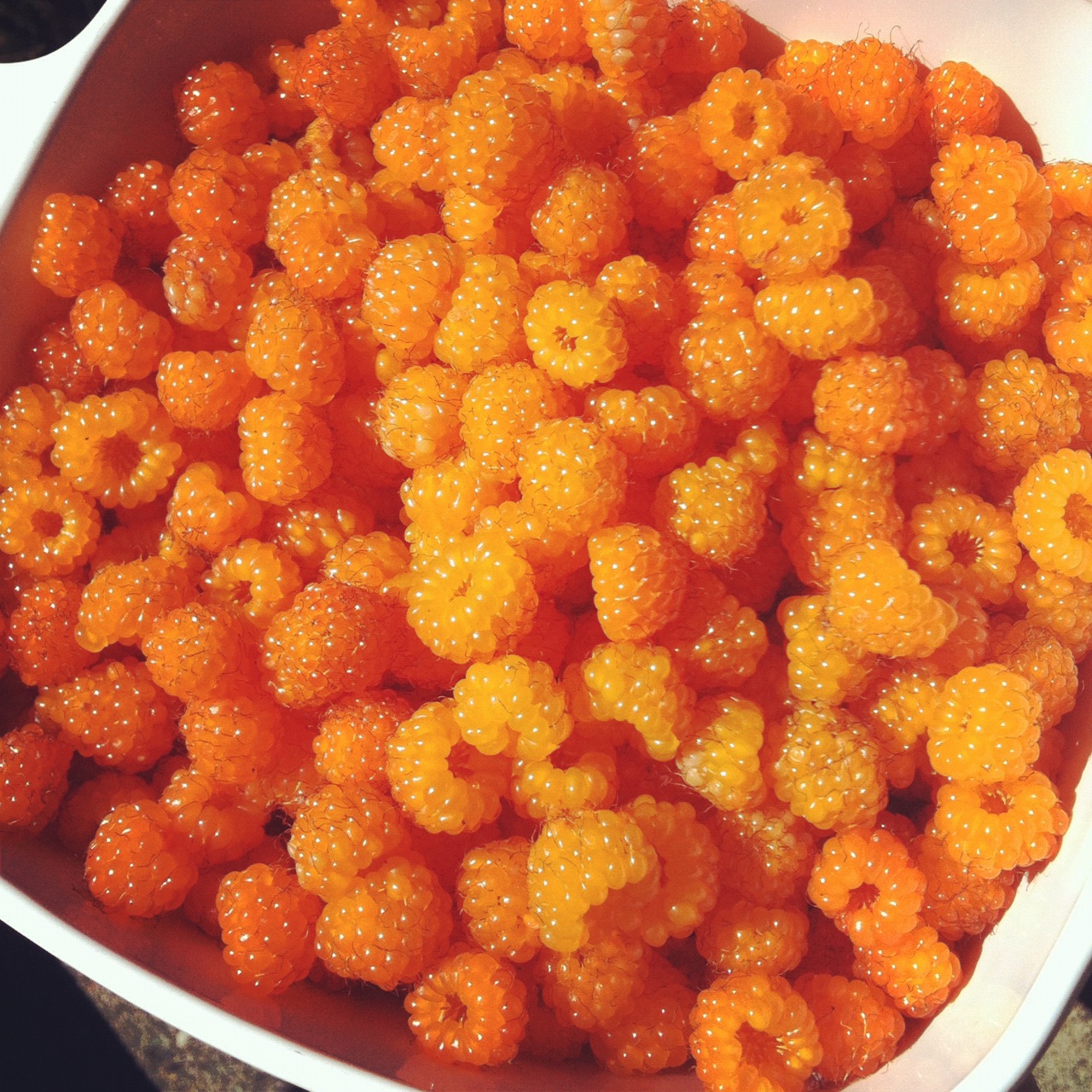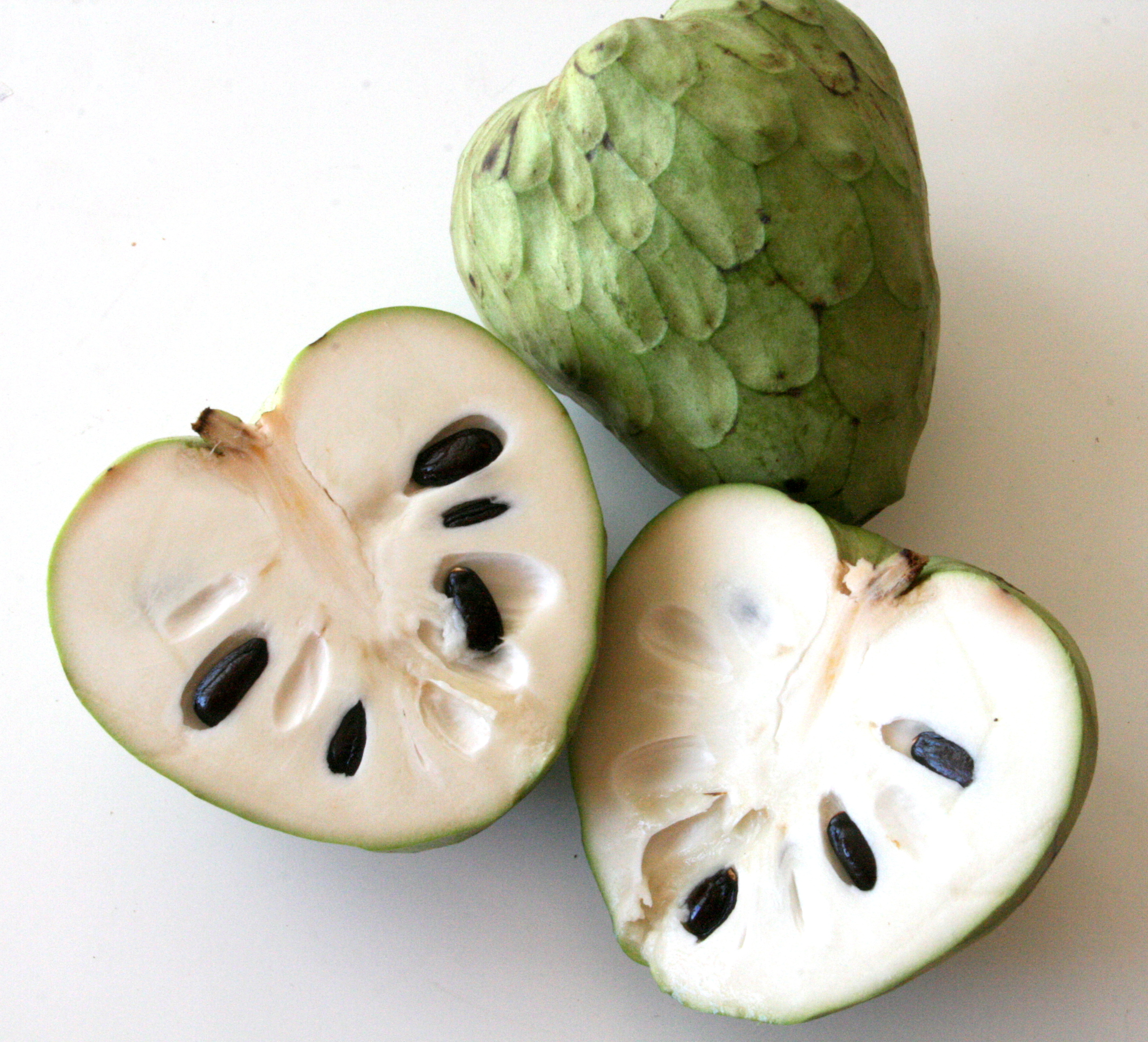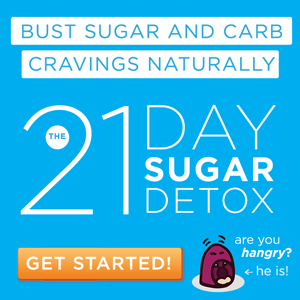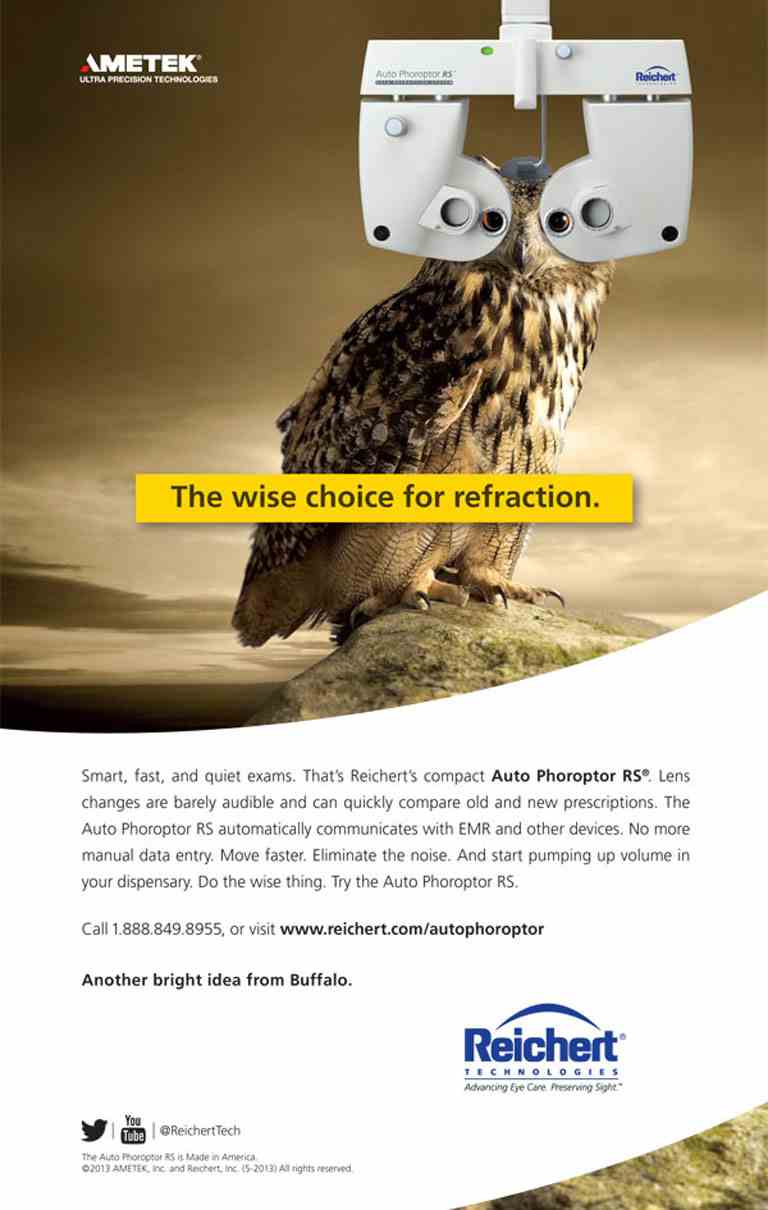7 Signs You’re Not Getting Enough Zinc

Delayed or stunted growth:-A combination of increased sweat loss with a decreased intake of certain foods is something to look out for among athletes as these actions can contribute to zinc deficiency. High-zinc foods include seafood like oysters, lobster, and crab; beef, chicken, and pork; nuts like cashews and almonds; and legumes such as chickpeas and kidney beans.

Irritability:-Average men and women should not consume more than 40 milligrams on zinc per day, but dosages vary based on age and body conditions, such as pregnancy, or if one is breastfeeding.a balanced diet to avoid a zinc deficiency.

Slow wound healing:-Slow wound healing is one of the more telling signs of a zinc deficiency.
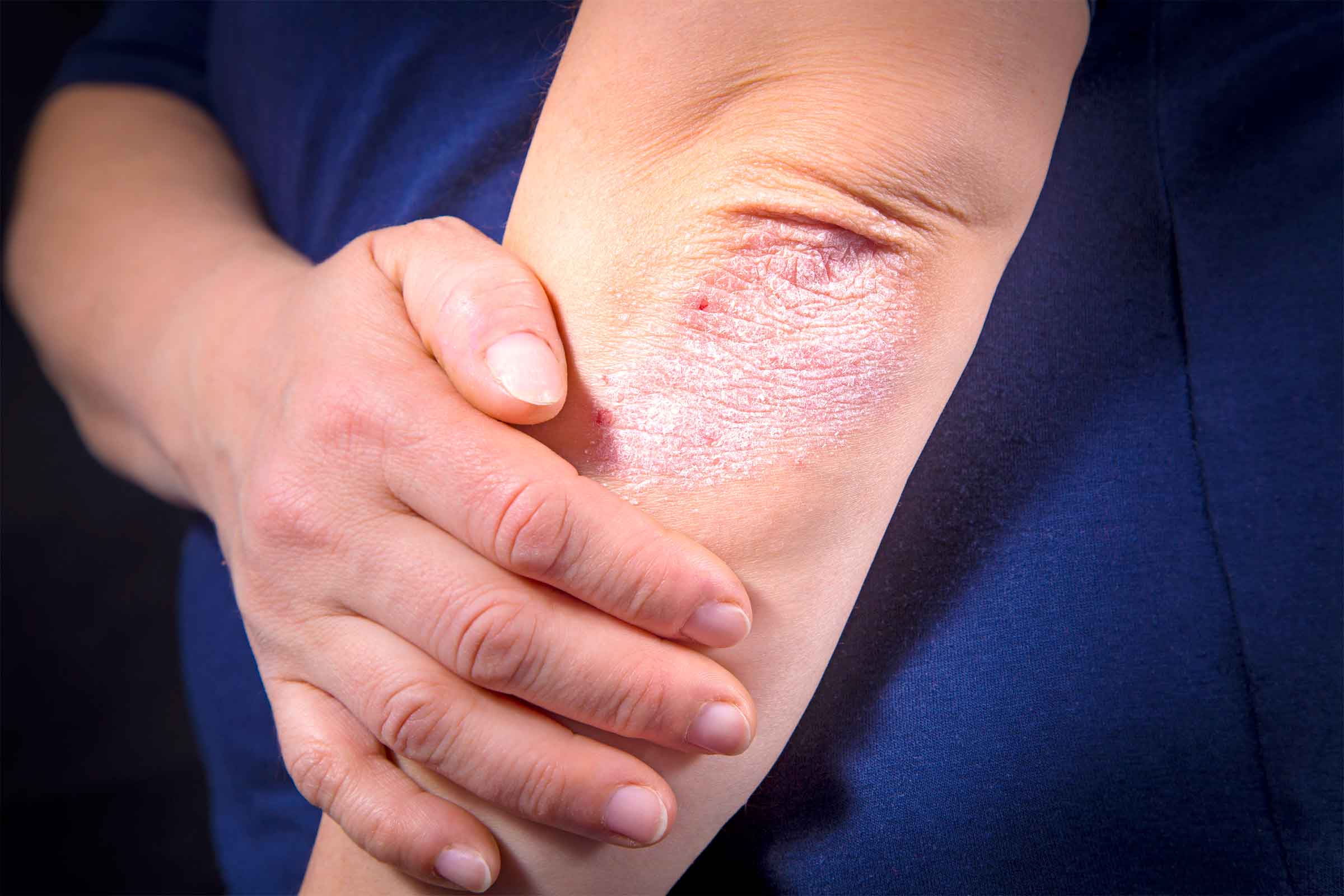
Rough and dry skin:-Experiencing skin conditions may also be a sign of zinc deficiency, particularly rashes.The list of findings is very generalized. You can have abdominal pain, loss of hair, loss of appetite, delayed wound healing.You can be depressed, you can have eczema or dermatitis, especially if it’s around the mouth or the anus.
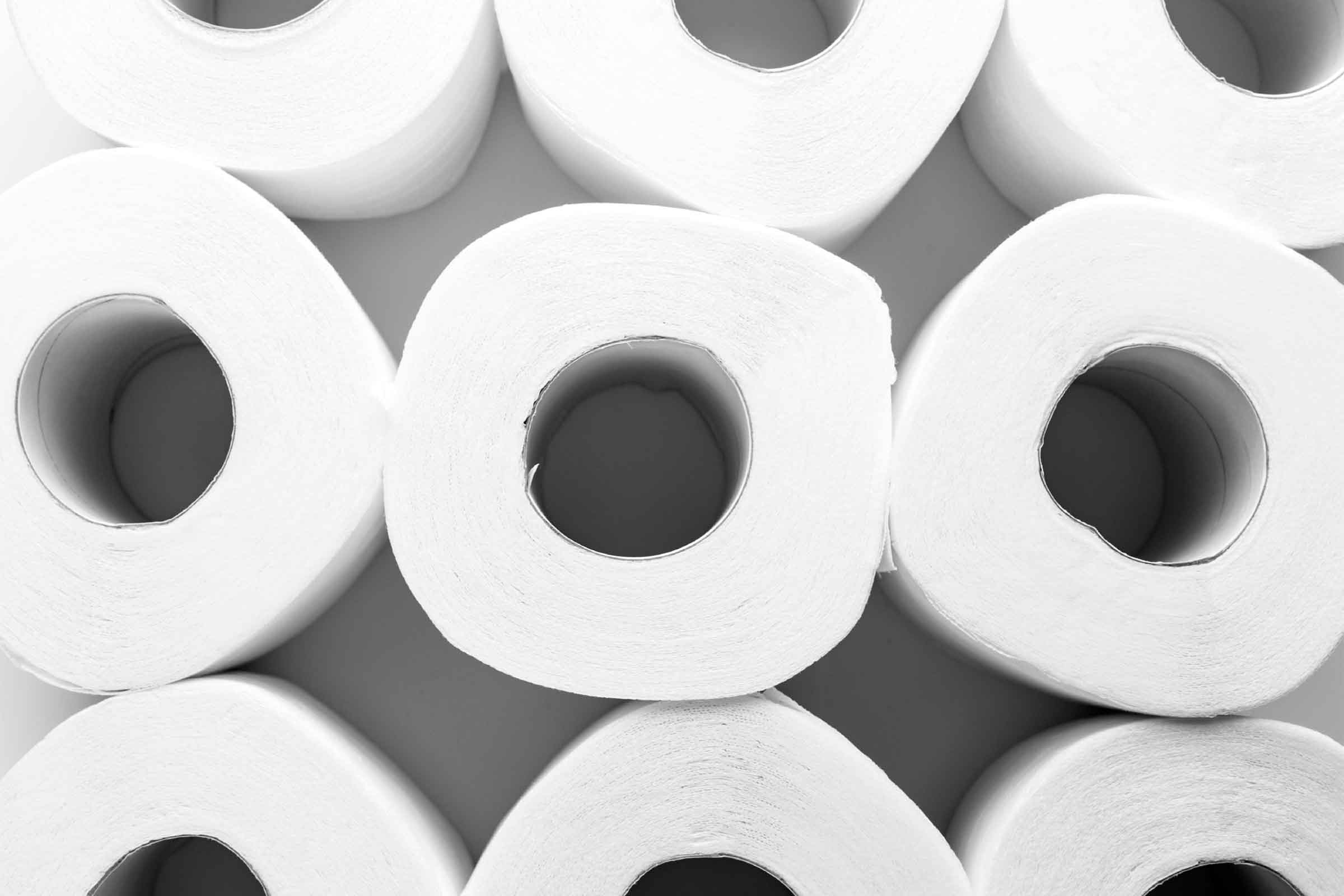
Diarrhea:-You can have diarrhea, which is a very common finding.you would be experience the symptoms more often and continuously versus a sudden attack of nausea or diarrhea.

Nausea:-While nausea may be a symptom of a zinc deficiency, it may also be a sign of an overdose as well. Overdoses would most likely occur from a zinc supplementation.
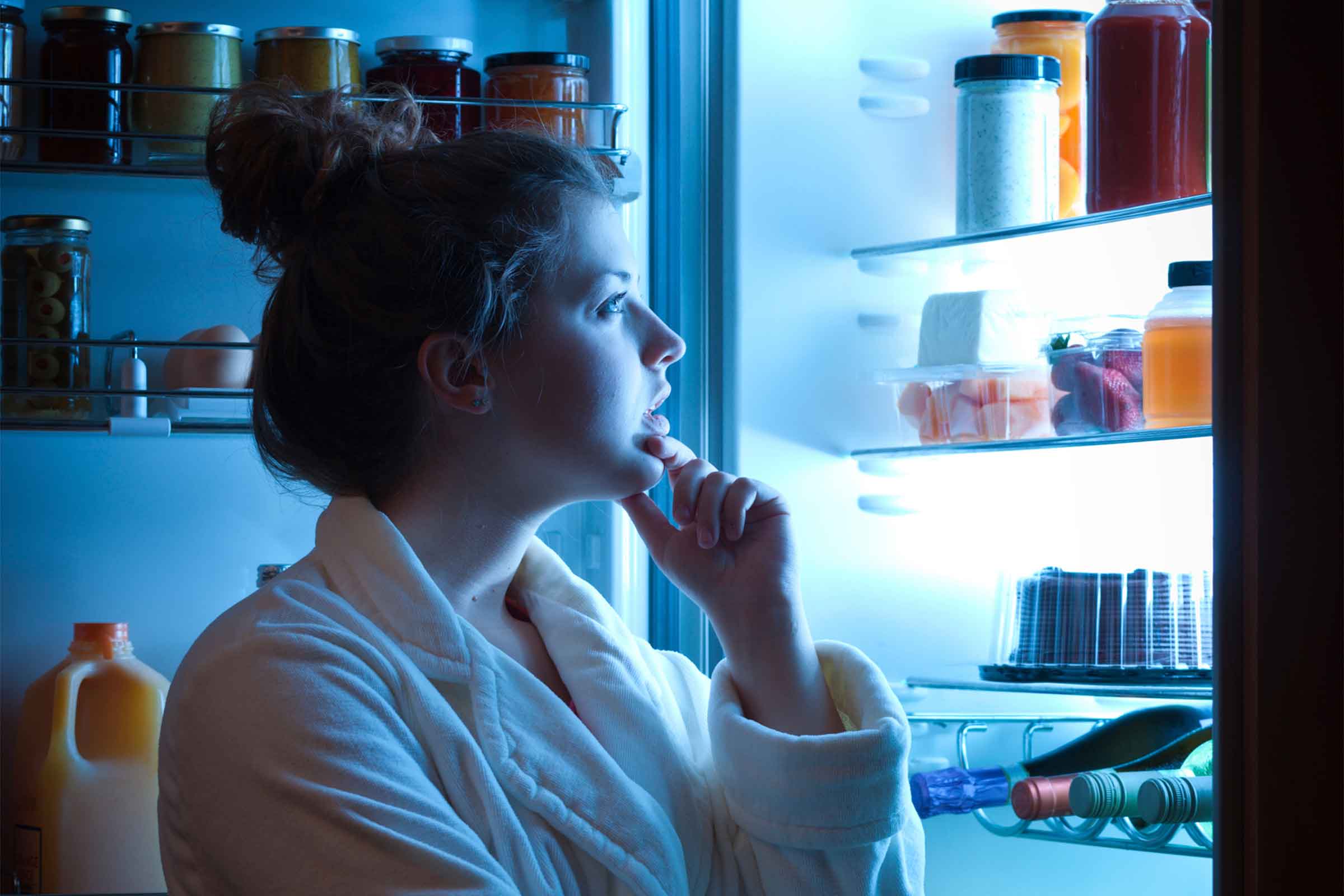
Appetite loss:-Appetite loss can also come with impairments of smell and taste when you are not getting enough zinc. You can have symptoms that affect your mental function, including how you learn and how you perceive pleasure.
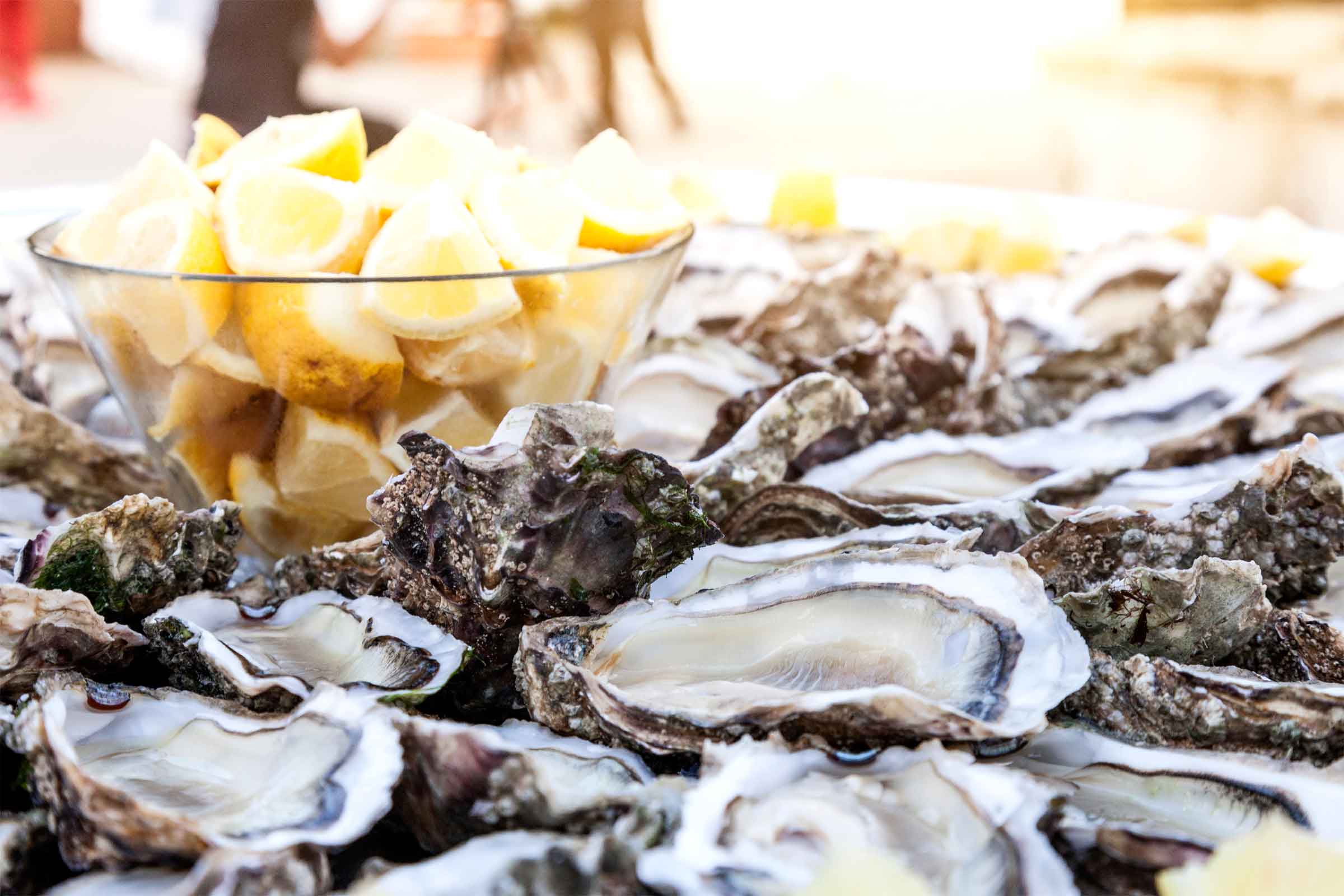
How to eat more zinc:-Some of the tastiest foods are also rich in zinc. Zinc-rich foods include oysters, beef, lamb, pumpkin seeds, nuts, chicken beans, and cocoa products. Zinc is also added to many breakfast cereals.
Related Albums
Your Reaction?

